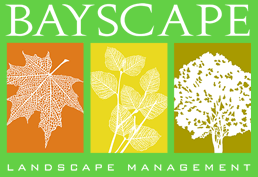Choosing the Correct Pruning Tools for California Plants (and other Pruning “ABC’s”)
Remember when you first planted your garden plants, trees, and shrubs? Every plant looked so lonesome at first. But now the space is getting crowded! So now what to do? You wouldn’t dare want to get rid of any healthy foliage or shrub, so it’s time to master your pruning skills!
When beginning to prune, always start with dead branches and stems. Next move on to damaged, then diseased branches. Last, remove any branches or stems that cross or break the natural pattern of the rest of the plant, shrub, or tree, such as a weeping or dropping stem or limb.
Remember your ABC’s; First anvil, then bypass, then clean cut! Use an anvil pruner to cut dead wood, or for removing material up to the point of the desired cut; The anvil pruner is much more sturdy, but it also can crush the plant. Complete the cut with the bypass pruners. Bypass pruners are less stable, but give a clean and sharp cut.
If using a saw to prune, make sure it’s a pruning saw. The pruning saw works with a pulling motion, whereas a carpenter saw requires the user to push the blade to make the cut. This can be very dangerous and difficult on a wobbly or diseased branch.
If you are considering pruning large trees, remember safety first. Sawing limbs on trees is a risky job no matter how many precautions you take, but using saws attached to long poles increases the danger. Adding a ladder into the mix makes it even more of a risk. If the job seems to big and you aren’t sure where to cut, call an Arborist. Save your self time, money, and possible harm to yourself or surrounding structures.
Here are some other favorite gardener and pruning tools, that you may want to pick up on your next trip to the home improvement store:
- Loppers for large pruning jobs
- Holsters that can clip into your belt (keep your pruning tools close and less risk of losing them).
- Folding pruning saws (which have a cover on the blade, so you can safely carry in a holster)
- A Hori Hori knife, to use as a trowel. It has a measurements on the blade, and one side is serrated for easily cutting roots.
- A hand-held Hula-Ho (or Loop Ho) designed to pull weeds by the roots.
In closing, remember to always wear gloves and protective eye wear that also protects from the sides. Clean your tools with bleach or alcohol, and oil them after use. Sharpen your pruners with a carbide sharpening tool instead of a file. The carbide blade is stronger; files can actually dull your blades.
If you live in the Bay Area or Santa Clara County, California and need a professional & certified Arborist to prune your larger to reach trees and shrubs, we confidently suggest Arbortek Trees. Contact Arbortek today to schedule an appointment!
